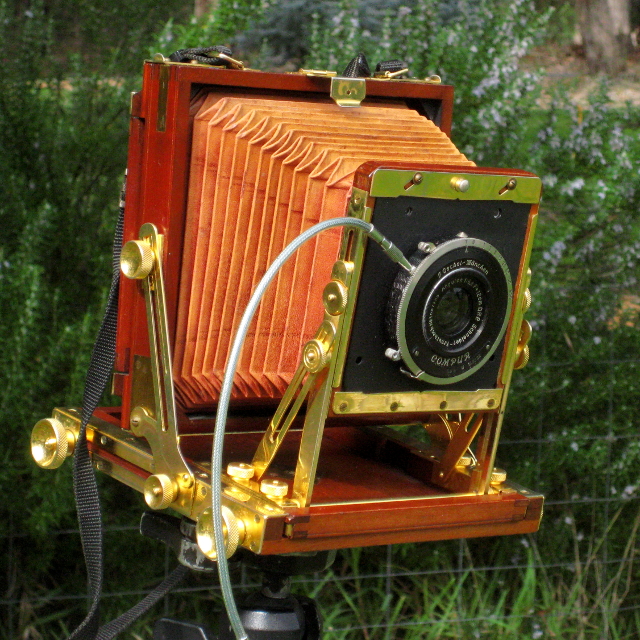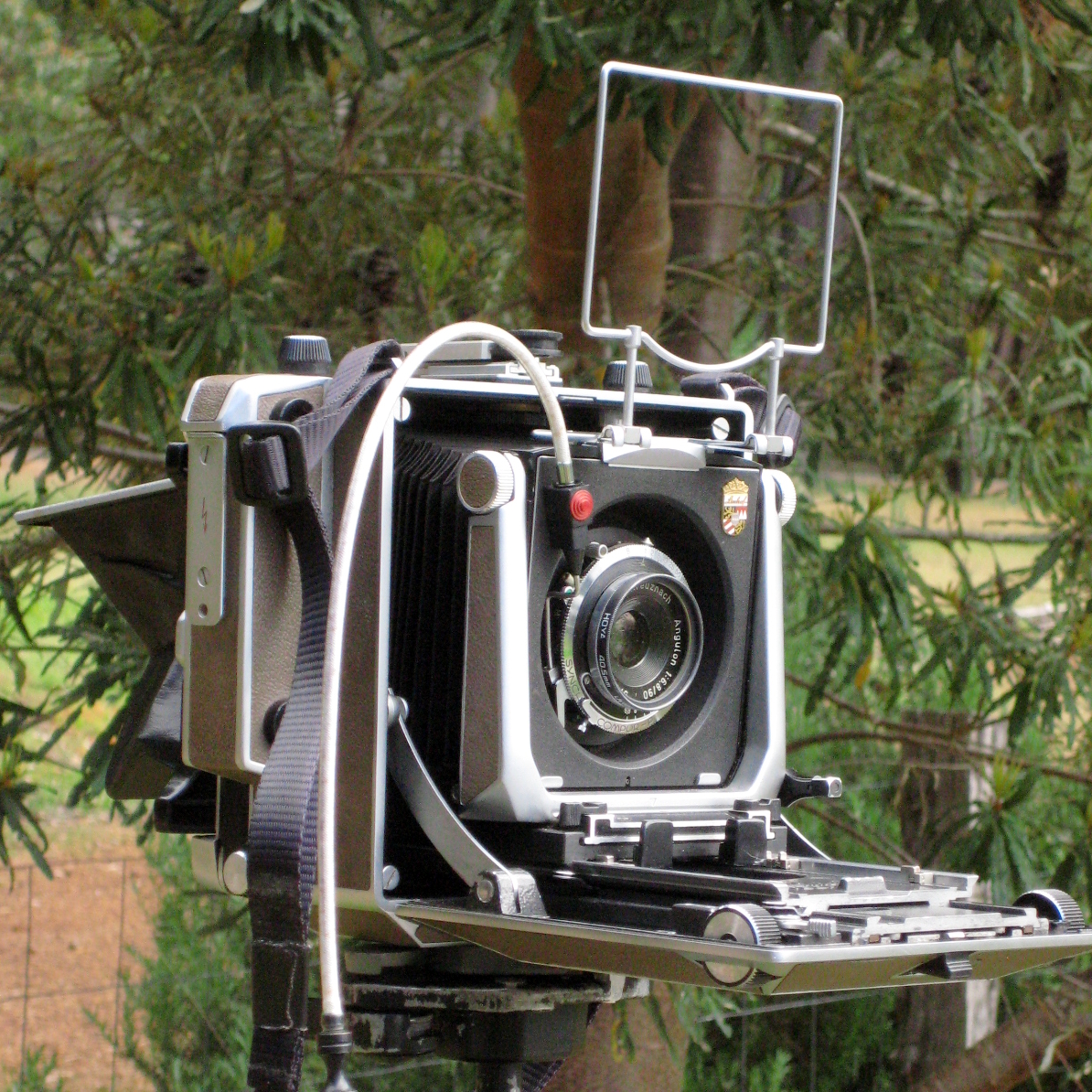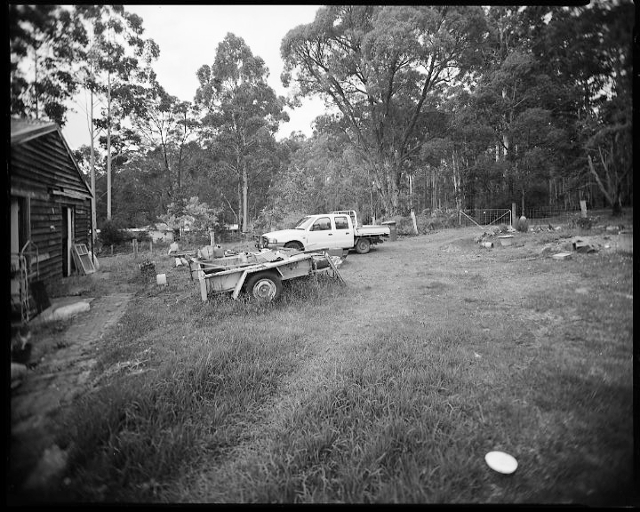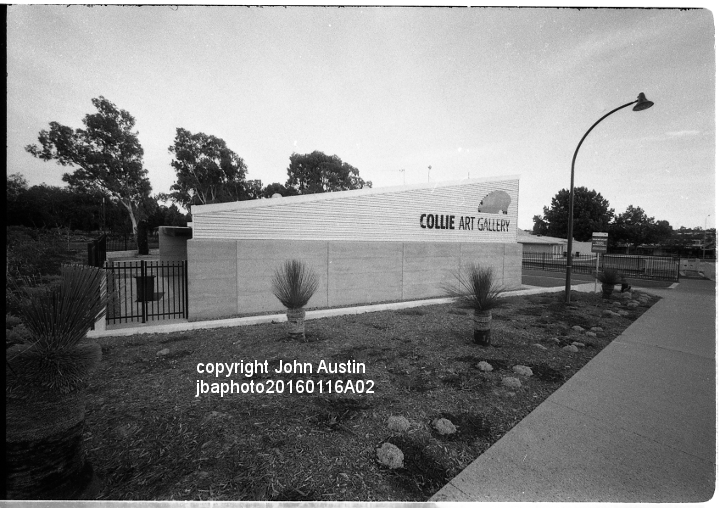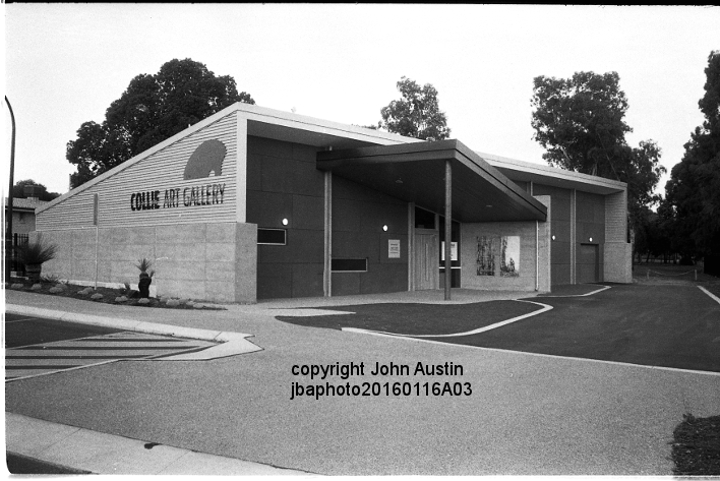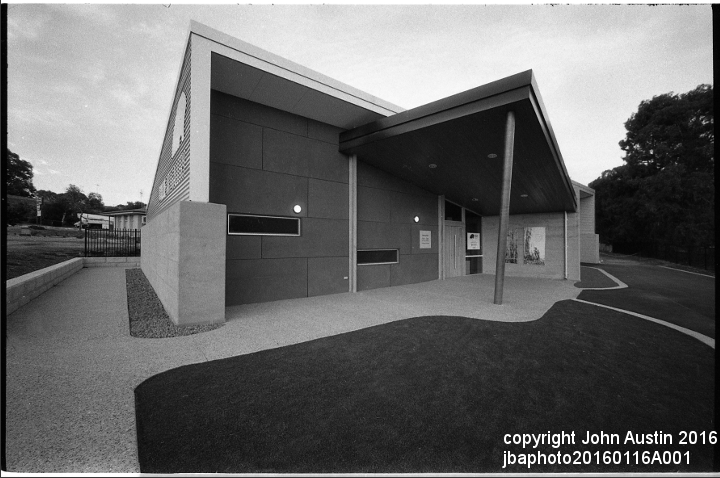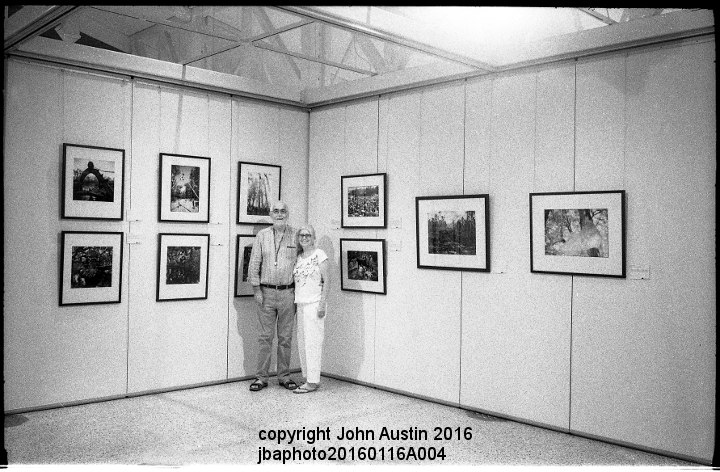Taking Pictures – Telling Stories*
I started environmental photo documentation in 1972, but the most important work was in the south west forests of WA in the mid to late 1990s. It is in part a review of this work for a recent traveling exhibition that has prompted this post
But the actual trigger for this post ws re-reading Truman Capote’s opening paragraphs to In Cold Blood, which he wrote with cinematic precision. Capote first described the location and its feeling, followed by introducing the main characters and then the story. Read this book, it is a masterpiece of story telling
This information is intended as a guide for people who need to document the environment and its defense. This post should be read as a guide rather than rules. Take what you want as a starting point for making picture sequences and videos that are understandable and make the story clear. Clarity is crucial in the age of short attention spans.
Environmental stories from the South West of Western Australia are needed again – now. For people about to embark on documenting environmental stories here is a quick reminder of a few points to help picture stories that make sense to an uninformed viewer. Making sense is the whole point of them
Documentary clarity is crucial to easy reading of the story, and if the story is not clear no one will give heed to it. In this time of digital image overload image strength is also crucial, and the two aspects must be fused to make images that demand and command attention and show that the health of the environment is the most crucial story at this time. Most attention is given to social problems and to mass migrations, but without a healthy and sustaining global environment, no amount of social progress can happen
To make cogent and commanding sequences and videos there is a list of important steps to be undertaken, The steps are Story or Concept – Research – Planning – Photographing – Review and finally Publication, editing and showing.
If a situation presents itself before the planning stage is ready, grab it and do the homework afterwards, but still do it.
THE STORY
There is a modern idea that reporting shoud be “fair and balanced” or “objective”, meaning showing both sides of an argument, the sort of demand made of the ABC by Andrew Bolt on Sky News. Forget that crap, take a stance and be partisan. Be prejudiced, the environment is on its last stand, and it needs committed support. (See my earlier post regarding Martha Gelhorn).
This has to be something that attracts and engages you, it is impossible to be engaged with a story that you find boring. No engagement equals no energy in the pictures and no power in the story
RESEARCH
Research is crucial, If you are documenting damage to lakes or wetlands set up a research file on the locations, their hydrology, acid sulphate soils. Get the maps. As well as this information, make notes on the main protagonists. What companies are conniving with which government agencies to gain access to what resourses? Who is setting up to defend the environment? For Old Growth Forest Logging do the same, starting with coup maps and logging quotas. This information will inform the way you record your story and enable you to defend your stories if questioned.
PLANNING
There is a lot to go in here, choice of means, still or video etc; aesthetic approach, intended audience. Aim at an untutored audience rather than the already committed.
As well as digital cameras, a lot can be done with a mobile ‘phone camera. With a mobile phone stories can be rough edited and uploaded once you are in range of a tower. You will learn what suits you after the first couple of attempts. (Black and white film and darkroom printing is for misanthropic septuagenarians, one of them is enough.)
Also under planning is setting up a time line, what aspects of the story can be recorded where and when and how and with whom.
IMPLEMENTATION
The doing of it. Earlier I referred to Capote’s In Cold Blood. Like him, use a sequence of introductions: a cinematic apporach, starting with the establishing shot that shows the location and gives context to the story. Establishing shots can be made before, during or after an event. Make them whenever you get the opportunity, you don’t yet know what you will need, so build up a library of these. However, always start with some establishing shots at the beginning of the event or location you are documenting, use wide angle, showing the whole scene. Next go in for a medium angle shot showing the area of interest, do this from two sides. Next get in a close as you can, the four positions forming a diamond shape. Having got those images recorded, become more fluid and let the situation dictate what you photograph next, and let whatever the light, the situation and your creative ability generate.
Make notes. Many point and shoot cameras and mobile ‘phone cameras record not only the time but also the precise location in the EXIF metadata. EXIF metadata is superb for authenticating a story. OK, is true that EXIF metadata can be overwritten, but no one ever bothers, and many people don’t even know it exists. This is where film is good, there is no metadata
Keep a journal, not just the fluffy stuff, but notes on light, who was there, distances driven, to whom copies of images have been sent, all the stuff that is easy to forget after the event
REVIEW
When you are in a quiet place review what you have and see how a story can be told from it. Don’t be kind to yourselff.. If you think your work is great, it is time to stop, because you won’t improve. Be careful whom you ask for advice, most people will not want to hurt your feelings. This is one area where an objective critical response is needed to help you advance; this is often the point at which we feel most alone.
PUBLICATION, EDITING AND SHOWING
Editing is another area where we could do with help, but can rarely find it. A good editing position is to cut rather than include. It is too easy to put in too much, making the finished product long and indigestible. We are telling a quick story to grab attention in C21, not recreating Kobayashi’s The Human Condition.
Showing, this is where my experience lets me down, I came from an age of shopping centre displays of prints and town hall slide shows. C21 has moved on from there and I am not in a position to say anything more.
*The title was coined by Liz Reed in 2004, and used by the first FotoFreo event
Images to follow – later

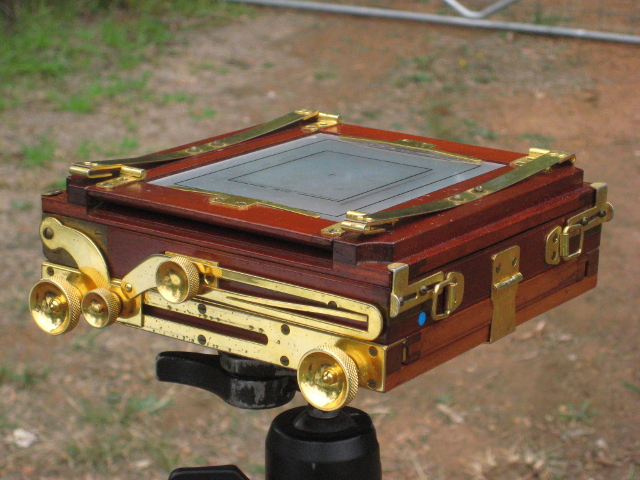
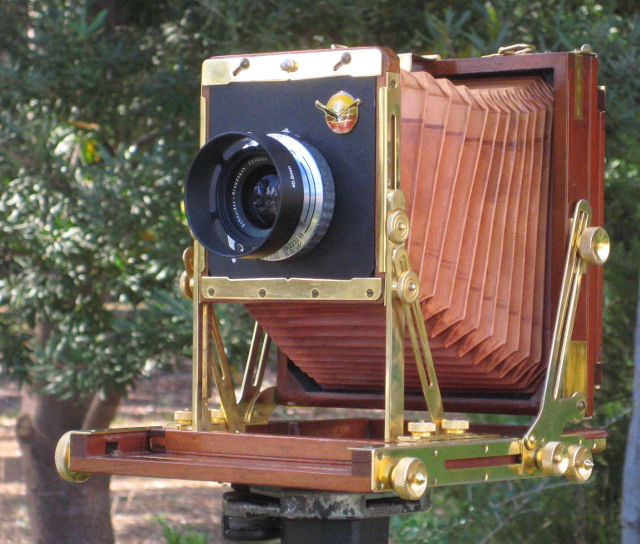
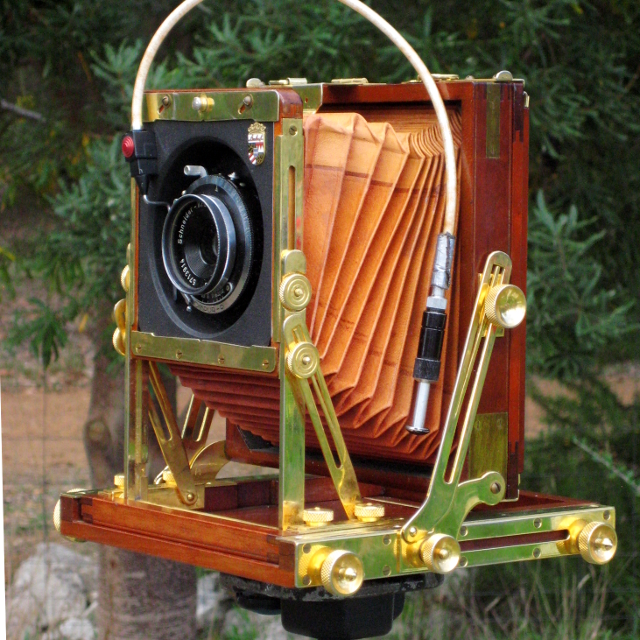
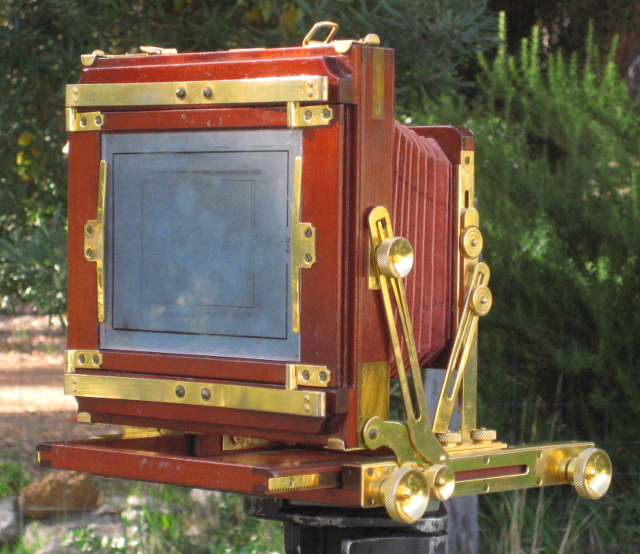
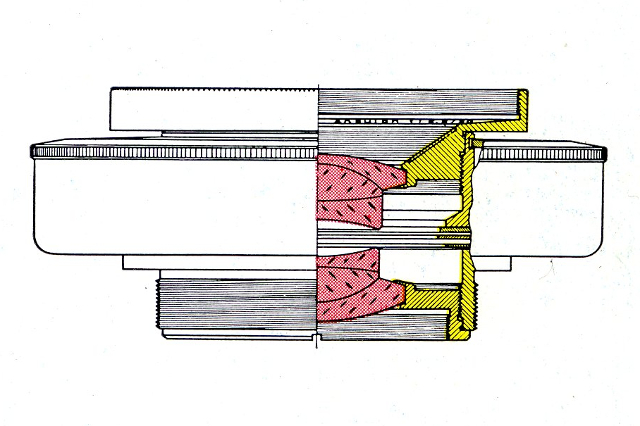 Schneider Angulon 90mm lens cross section
Schneider Angulon 90mm lens cross section